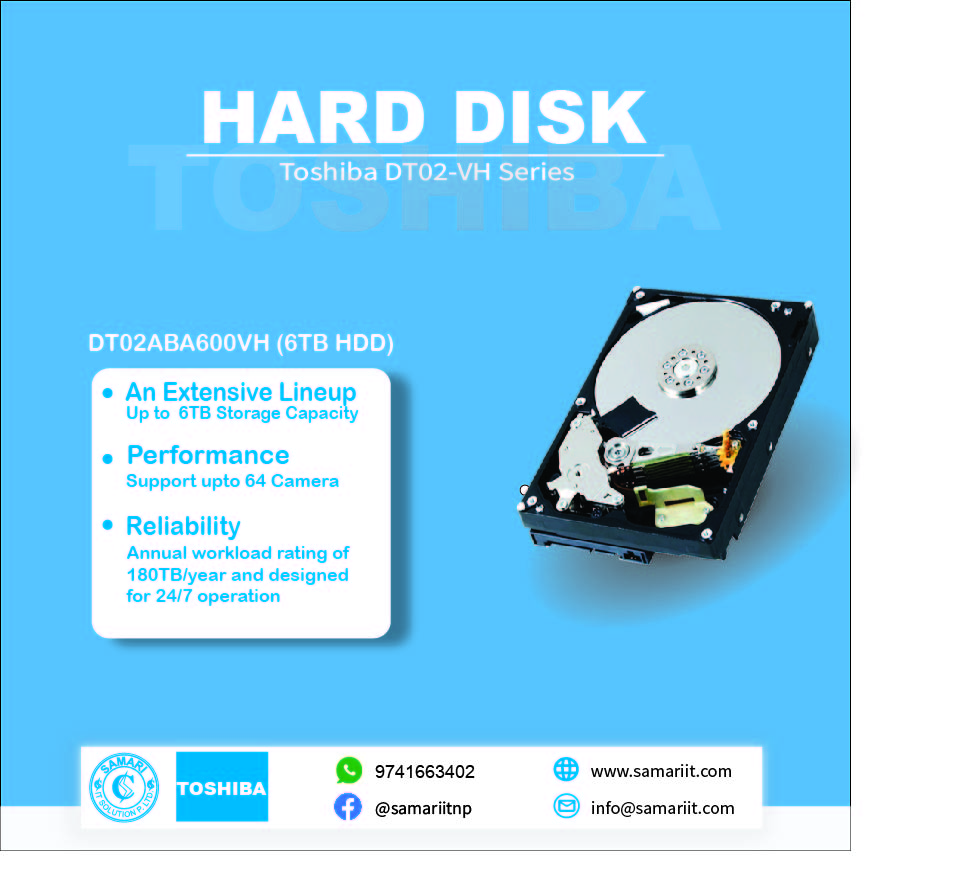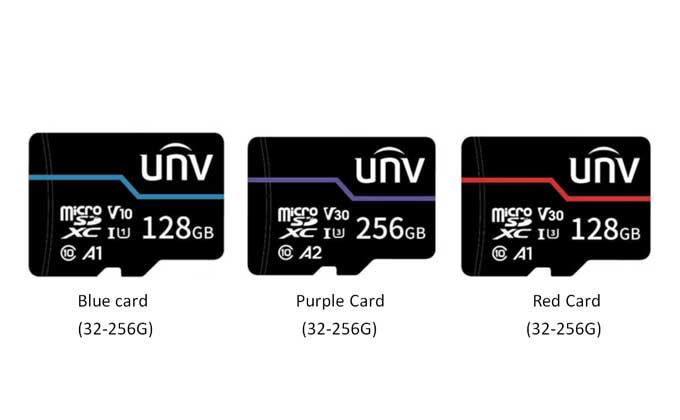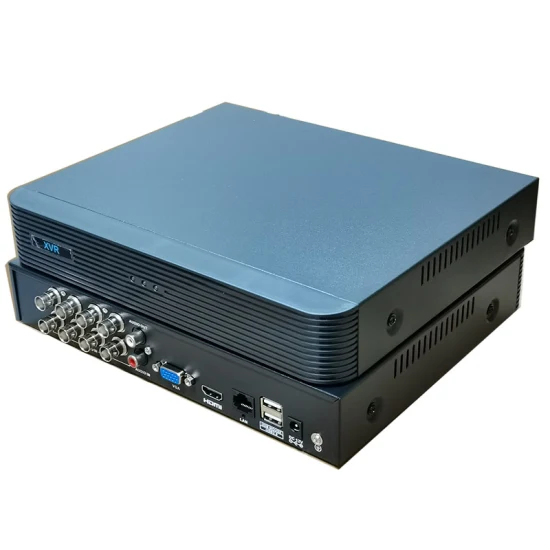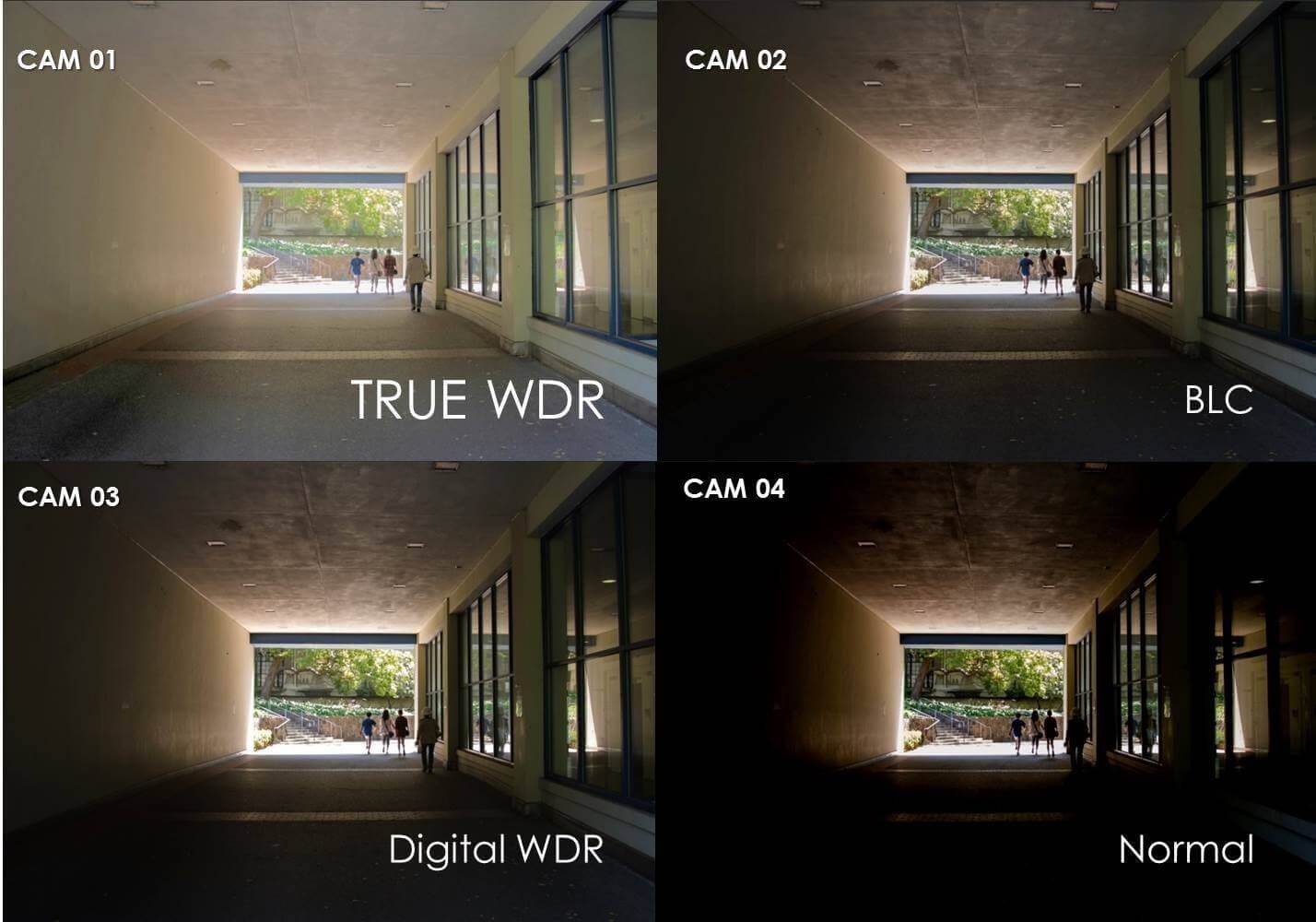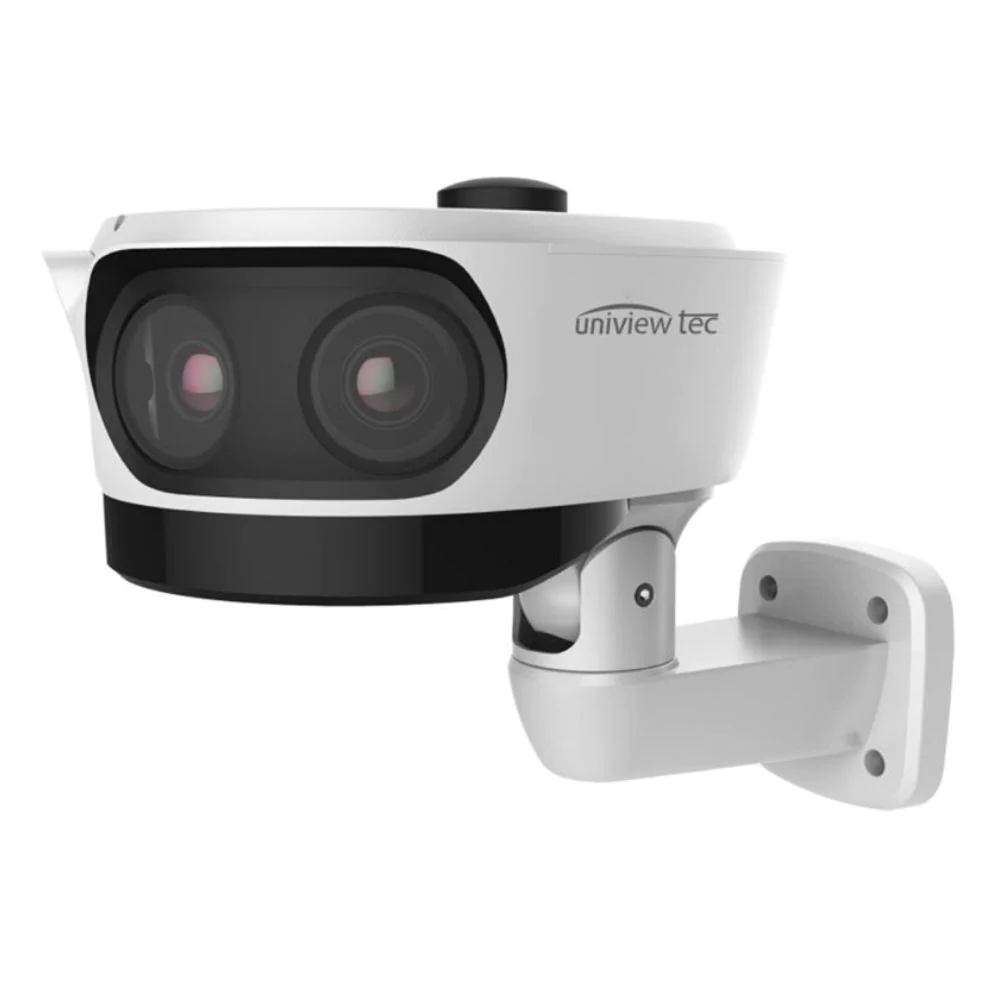Hard disk
A hard disk drive (HDD) or simply a hard disk, is a non-volatile device that uses magnetic storage to store and retrieve digital data using one or more rapidly rotating platters coated with a magnetic material.
Here's a breakdown of how it works:
- The hard disk platter is like a flat disk covered in a material that can be magnetized.
- The data is stored by magnetizing tiny portions of the platter in specific patterns.
- A read/write head moves across the platter's surface, reading the magnetized patterns to retrieve data or writing new data by magnetizing the platter in a specific pattern.
Hard disks use two main recording technologies: Conventional Magnetic Recording (CMR) and Shingled Magnetic Recording (SMR).
CMR vs. SMR Drives
CMR (Conventional Magnetic Recording)
- CMR is the traditional recording technology used in hard disks.
- Data is written in tracks on the platter with small gaps separating each track.
- This allows faster read/write speeds, especially for random data access (like opening multiple files).
- CMR drives are generally more expensive than SMR drives.
SMR (Shingled Magnetic Recording)
- SMR is a newer technology that packs more data onto a hard disk platter.
- Data tracks are written on top of each other, similar to overlapping shingles on a roof.
- This increases storage capacity but can slow down write speeds, particularly for random writes.
- SMR drives are often more energy-efficient than CMR drives.
Here's a table summarizing the key differences:
Choosing Between CMR and SMR
- CMR drives are a better choice for tasks requiring fast read/write speeds, such as gaming, video editing, or server running.
- SMR drives are a good option for storing large amounts of data that don't need to be accessed frequently, such as photos, videos, or backups.
